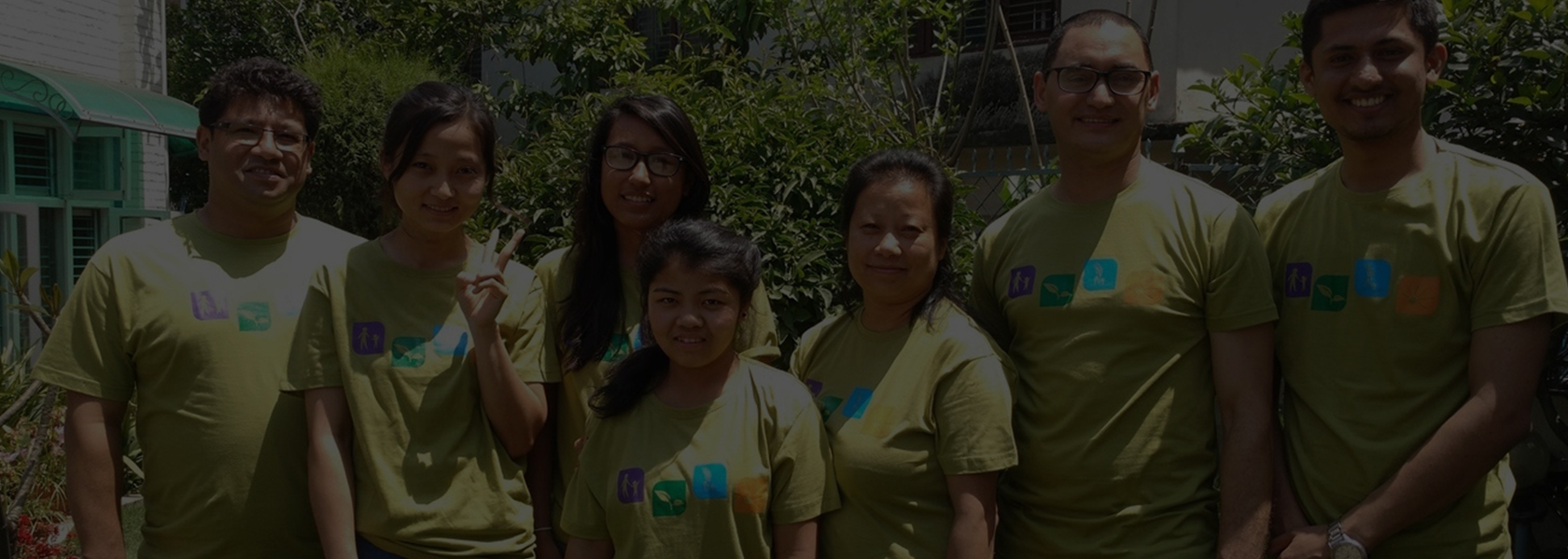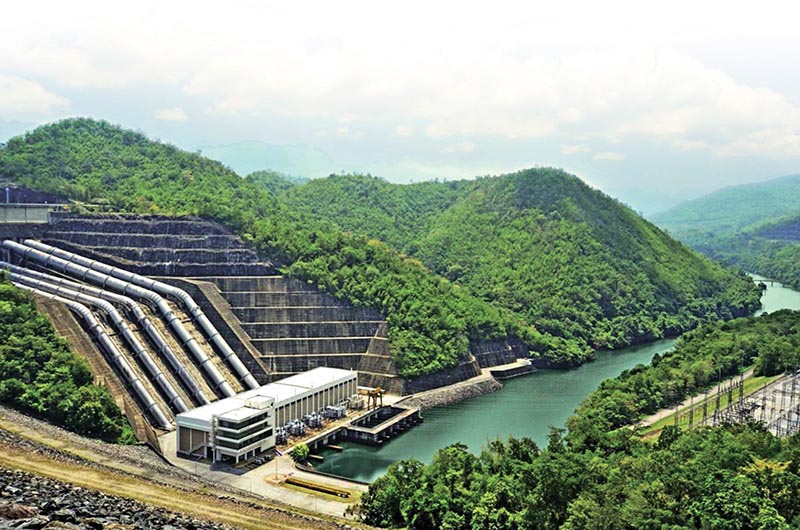
Is Hydropower an Undebatable Contributor?

Webinar on "Just' Transition to 100% Renewable Energy in Nepal
Hydropower is one of the largest sources of energy, contributing almost 60% to the total world’s total renewable energy. It has been classified as renewable energy because it is generated from water, and water is a naturally replenishing resource. Nepal has a long-time dream of harnessing its rich hydropower potential. Ironically, the current hydroelectricity generation amounts to a mere 1,400 MW and accounts for less than 3% of the total energy consumption in the country. According to Nepal’s new Nationally Determined Contribution (NDC), the country aims to generate 15,000 MW of energy by 2030, of which only 5% to 10% will be hydropower (from mini and micro hydro plants) combined with solar, wind and bioenergy. Of this, 5,000 MW is an unconditional target has to be generated from own resource.
While these ambitions are being set out, issues of environmental and adverse social impacts of hydropower are also being raised by concerned stakeholders. The claims include loss of aquatic biodiversity, deforestation and threats to wild animals, birds and insects. Submergence, displacement of people, impacts on river ecosystems and arable lands are other reported negative impacts of hydropower projects. Many recent research projects and studies have also described hydropower as a source of greenhouse gas emissions, particularly methane.
This raises a question whether hydropower is a clean energy or not. High environmental and social costs of big hydropower projects and their contribution to global warming are giving rise to doubts as to whether hydropower is part of the solution or a cause of climate change and environmental degradation. If the issues of energy access, acceptance, and ownership of local communities (where the energy is generated) are not addressed, energy from hydropower cannot be categorized as sustainable.
However, there is also the argument that not all types of hydropower have serious environmental, climatic and social impacts. For instance, small hydropower projects have less adverse impacts, while some also opine that run-of-river hydropower plants emit less methane. This needs to be further explored in the context of Nepal.
The Prakriti Resources Centre (PRC) and WWF Nepal jointly organized a webinar on the topic ‘Just’ Transition to 100% Renewable Energy in Nepal: Is Hydropower an Undebatable Contributor?’ on the 6th of June2021 marking the World Environment Day, 5 June 2021. The objective of the webinar was to explore the role of hydropower in Nepal’s ambition to achieve a ‘Just’ transition to 100% renewable energy by 2050. About 60 participants attended the webinar that included Multi-Actor Partnership (MAP) members, NGOs, INGOs, government representatives and the media.
Mr. Kushal Gurung, Chief Executive Officer, WindPower Nepal Pvt Ltd. spoke of the need to consider energy from a resilience point of view in the context of the growing risks through the climate crisis and its impacts on hydropower. For example, the half-completed Middle Bhotekosi (102MW) project site was seriously damaged by the flash flood in Jhambu of Sindhupalchok and a glacial break in the Tapovan-Reni area of Chamoli District of Uttarakhand led to massive flooding in Dhauli Ganga and Alaknanda Rivers, damaging houses and the nearby Rishiganga power project. Gurung suggested that decentralized energy generation by production facilities that are closer to the site of energy consumption is very important for sustainability and energy resiliency. Renewable energy contributes to the decentralization of energy sources as small to medium production facilities can be installed at different localities under the local supervision and ownership. Mr. Nawaraj Dhakal, Deputy Executive Director of the Alternative Energy Promotion Centre, also underscored a stronger focus on the energy mix approach – promoting wind, solar, biomass-based energy or a hybrid energy system for providing energy to off-grid areas, which do not have access to hydroelectricity yet. Similarly, for protecting the river ecosystem, Mr. Megh Ale, Chairperson of the Nepal River Conservation Trust, expressed the view that depending on the nature of the terrain, adopting altitude zoning system for the construction of hydropower projects can provide free-flowing water without destroying river systems.
Joint Secretary Dr. Radha Wagle from the Climate Change Management Division and the Ministry of Forest and Environment (MoFE), pointed out that hydropower has low emissions but that it is not a complete zero-carbon technology. She underlined the need to consider net zero and balanced pathway for development if we are to take care of environmental and social justice issues while transitioning to 100% RE.
The webinar concluded that Nepal needs to adopt an energy mix approach with an increased and substantial share of clean energy. Nepal needs to harness hydropower to the optimal level with minimum environmental and social costs. Solar, wind and small hydropower projects are major clean energy sources. The reliability of energy supply is also important along with accessibility. Reliable and stable energy can only pave the way for consumption in different areas like cooking, transportation and industry besides its use for lighting purposes. Resilient hydropower infrastructure can minimize the risks of climate-induced disasters and also ensure a regular supply of energy.
